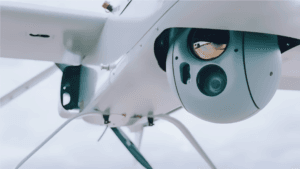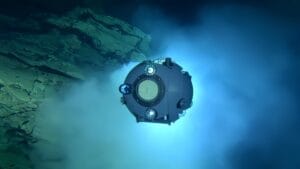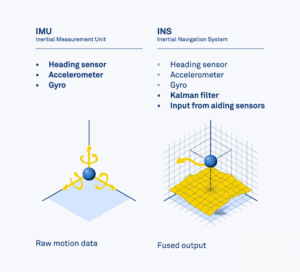
How MEMS Gyroscopes Power Modern Robotics: From Warehouse AGVs to Humanoid Arms
MEMS gyroscopes form the inertial core of advanced robotics—delivering precise angular rate sensing, real-time orientation tracking, and reliable motion feedback in compact, power-efficient packages. They are indispensable in enabling stable navigation and dexterous movement for both AGVs and humanoid robotic arms.

MEMS or FOG for LRF Stabilization in Armored Platforms? Here’s What You Need to Know
Based on real-world experience, FOG gyros outperform MEMS in terms of long-term stability, vibration immunity, and thermal robustness in vehicle-mounted LRF applications. MEMS is still viable for space-constrained or budget-sensitive platforms, but requires careful compensation design.

FOG Gyroscope Lifecycle: Durability, Calibration, and Maintenance
In practical deployments, sustaining the precision and stability of a Fiber Optic Gyroscopes (FOG) requires more than advanced sensor design—it demands a calibrated system framework that includes thermal compensation, mechanical isolation, and lifecycle-aware maintenance.

Why Fiber Optic Gyroscope (FOG) IMUs Are Game-Changers for Gimbal Applications?
That’s why I rely on Fiber Optic Gyroscope IMUs—they bring unmatched precision and resilience, transforming shaky, unreliable gimbals into rock-steady platforms no matter the conditions.

How Can INS Solutions Overcome Navigation Challenges in Complex Environments?
Inertial Navigation Systems (INS) operate independently of external signals by measuring acceleration and angular velocity through internal sensors, making them indispensable in environments where GNSS signals are blocked or unreliable. Through sophisticated sensor fusion, error compensation, and AI-driven corrections, INS delivers continuous, accurate positioning in the most demanding scenarios.

What Is the Difference Between an IMU and an INS?
An IMU measures motion, while an INS uses IMU data to compute position and orientation over time—IMU is a sensor, INS is a system.
